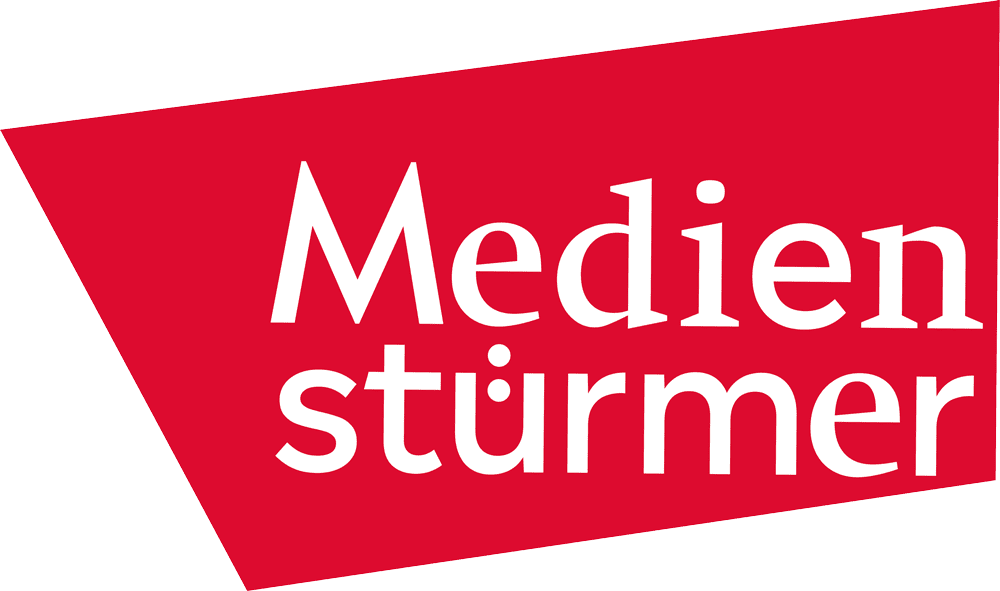Do you find it difficult to attract the attention of your subscribers with your newsletter? At a time when inboxes are flooded with dozens of emails every day, it’s not easy to stand out from the crowd. Many newsletters are ignored or not even opened. But instead of giving up, it’s worth rethinking your strategy and designing a newsletter that really offers added value and arouses curiosity.
A well-designed newsletter can be more than just information – it can become the link between you and your target group, building long-term trust and deepening customer relationships. With targeted content, a personalized approach and an appealing design, the newsletter becomes a powerful tool that both strengthens your brand and inspires your subscribers.
In this article, we will show you how to set up your newsletter successfully and which elements are crucial to ensure that your message not only gets across, but also sticks.

1. target group analysis: know your recipients
Before you create your newsletter, it is important to know your target group precisely. What interests, needs and challenges do your subscribers have? The better you understand your target group, the more targeted and relevant content you can create.
Tip: Use surveys or interactive elements to find out more about your subscribers’ interests and create customized content.
2. the perfect subject line: The first impression counts
The subject line is the first thing your readers see. It decides whether the newsletter is opened or not. Therefore, formulate short, concise subject lines that arouse curiosity. A personal approach or questions can help to increase attention.
Tip: A/B testing can help you to find out which type of subject line works best with your target group. Test different variants to achieve the highest open rate.
3. content is king: content that offers added value
A newsletter should be informative and useful. Think about which topics are of interest to your target group and which problems you can solve. Whether current industry trends, exciting blog articles or exclusive offers – the content must be relevant and appealing. It is important that the newsletter is not perceived as a mere promotional email, but as a valuable source of information.
Tip: Always add a section with exclusive tips or offers that are only accessible to your newsletter subscribers to increase the incentive to sign up.
4. visual design: clear, appealing and well-organized
The design of your newsletter plays a major role. Use a clear and concise layout that matches your brand identity. Images and graphics should emphasize your message without overloading the text. Also think about a clear hierarchy: important content should stand out, while further information should be placed discreetly.
Tip: Use animations or interactive elements such as GIFs to create visually appealing and dynamic content that will keep your readers’ attention for longer.
5. call-to-actions (CTAs): Prompts that work
CTAs are crucial to get your readers to take an action, be it a visit to your website, downloading a whitepaper or buying a product. Place clear and eye-catching buttons that make it clear what action you want them to take. A direct approach such as “Discover now” or “Click here” can significantly increase the click rate.
Tip: Experiment with the placement and color of your CTAs to see which versions achieve the best results. The wording of the CTA text can also be tested.
6. personalization: creating proximity through an individual approach
Personalized content and addresses are essential in newsletter marketing. Use your recipients’ first and last names or allude specifically to previous purchases or interactions. These personalized elements signal that you know and appreciate the needs of your subscribers.
Tip: Use dynamic content that adapts to each recipient to maximize the relevance of your newsletter. For example, you can display offers based on the interests of individual subscribers.
7 Timing and frequency: the right moment counts
The perfect time to send a newsletter depends on your target group. Test different days of the week and times to find out when your readers are most active. It is also important to optimize the frequency: Too frequent emails can be perceived as annoying, while too infrequent ones can cause you to lose contact with your customers.
Tip: Create a mailing schedule based on the preferred times and days of your target group. This allows you to communicate consistently and regularly without overwhelming your subscribers.
8. analysis and optimization: success control for better results
After the mailing is before the analysis. Check the performance of your newsletters regularly: How high are the open and click rates? Which content works particularly well? This data will help you to continuously optimize your strategy and adapt your content.
Tip: Use heatmaps to see which areas of your newsletter receive the most clicks. This makes it easier for you to understand which content is particularly well received and where there is potential for optimization.
Conclusion
Successful newsletter marketing requires more than simply sending emails. It is a strategic and continuous effort that is tailored to the needs and interests of your target group. With the right content, a clear design and regular analysis, you can turn your newsletters into an effective marketing tool and build long-term customer relationships.








